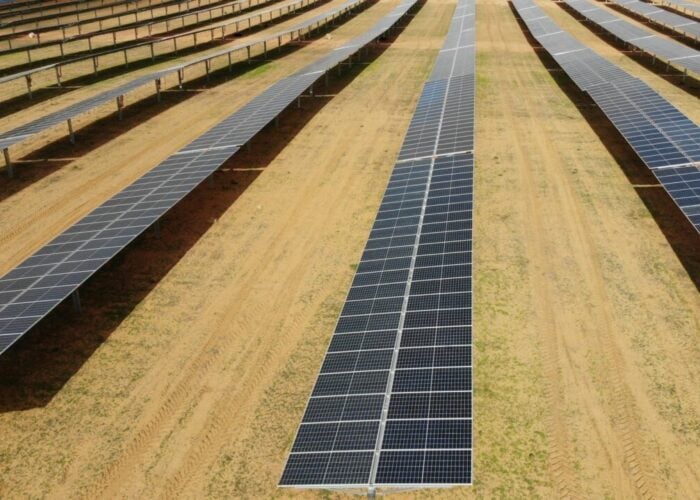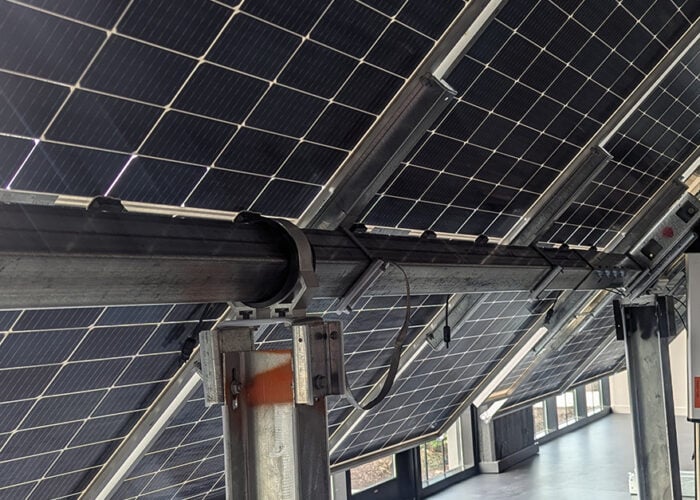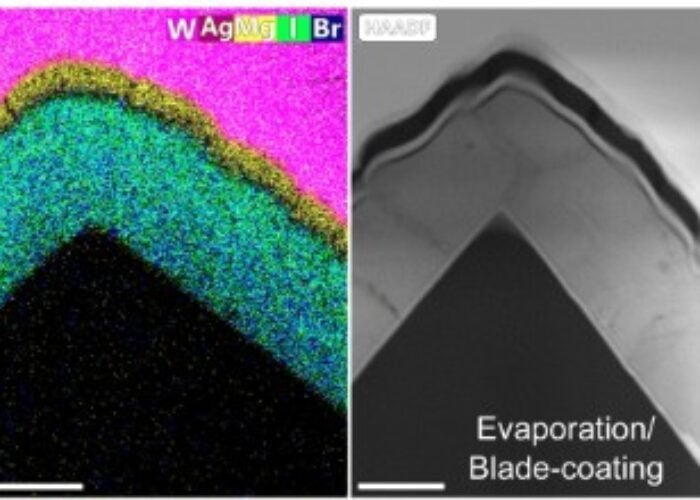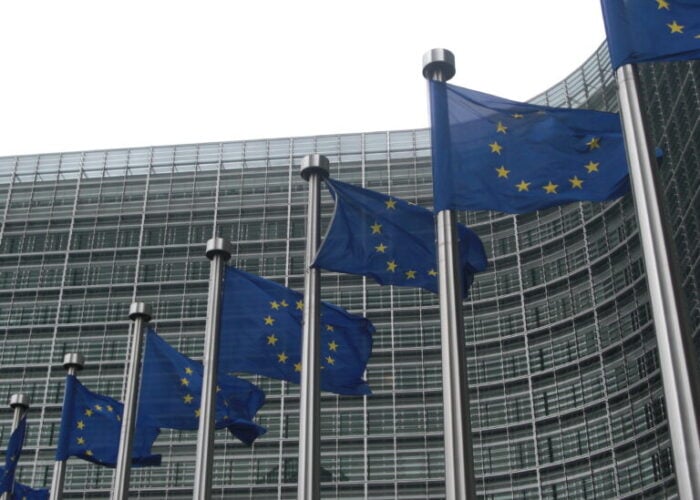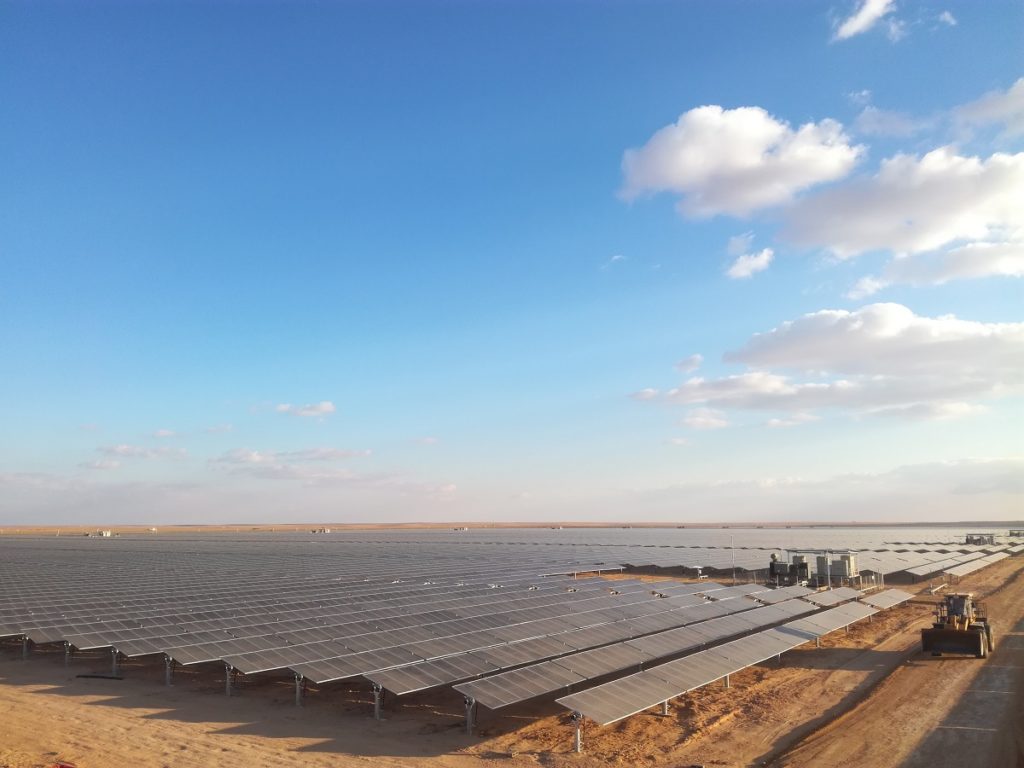
In recent years the solar industry has seen some of the largest and cheapest contracts awarded in the MENA region. But with concerns over component price and availability, what can the industry expect from the solar sector in the MENA region in the medium-term?
In recent years, solar development in the Middle East and North Africa (MENA) region has taken off, with some of the world’s largest projects announced. So far, these have been largely dominated by the wealthier states which have been tendering for capacity.
Unlock unlimited access for 12 whole months of distinctive global analysis
Photovoltaics International is now included.
- Regular insight and analysis of the industry’s biggest developments
- In-depth interviews with the industry’s leading figures
- Unlimited digital access to the PV Tech Power journal catalogue
- Unlimited digital access to the Photovoltaics International journal catalogue
- Access to more than 1,000 technical papers
- Discounts on Solar Media’s portfolio of events, in-person and virtual
“There are a few markets that are seeing important growth in the region, who are beginning to contract projects,” said Heymi Bahar, senior analyst – Renewable Energy Markets and Policy at the International Energy Agency (IEA).
“The United Arab Emirates, Saudi Arabia, Egypt, all these have a big pipeline of projects and expect increasing installations in coming years. There’s also Qatar in addition to this.”
But alongside these states, we’ve also now seen growing pipelines in countries like Oman, Kuwait and Tunisia, while countries like Pakistan and Iraq are engaging in their first utility-scale projects.
Large-scale tenders and low bids
So far tenders have been launched across the MENA region, including by Saudi Arabia’s Renewable Energy Project Development Office (REPDO) which ran an initial two tenders, one for solar and one for wind, in 2017. The 300MW Sakaka solar project from state-owned developer ACWA Power won a year later, with a winning bid of US$0.0236/kWh, which at the time was a world record.
The Sakaka solar project was inaugurated in April 2021. It is the Kingdom’s first utility-scale solar project, with ACWA claiming it had “paved the way for subsequent projects of the National Renewable Energy Program (NREP) to lower the cost of clean solar electricity in the Kingdom”.
Its record has been broken a number of times since however, including by Qatar’s first solar tender which saw a price of just US$0.01747/kWh. The 800MW Al Kharsaah Solar PV IPP Project is being developed by a consortium of French energy giant Total (49%) and Japanese conglomerate Marubeni (51%).
Targeting solar development
Given local decarbonisation goals, further tenders are expected in the coming years, with build out set to occur in the medium-term. Israel is targeting 30% of electricity production from solar energy by 2030, while Morocco is aiming for 52% renewable energy by the same year and Oman set a target to derive 20% of electricity from renewables by 2027 in its National Energy Strategy in August 2021.
One potential exception to this is the United Arab Emirates. The country has seen some of the highest solar PV growth in the region thus far, but this has been driven largely by the policies of different authorities rather than a nationwide push. Dubai and Abu Dhabi in particular have tendered for large amounts of solar, meaning they do not have far to go to hit their renewables targets.
“Whether a ramp up will come from other emirates will be the key determinant for the market size,” said Hamid Can Baş, consultant, Apricum – The Cleantech Advisory.
In coming years, solar PV tenders in the region is likely to continue to be dominated by large international players and government backed organisations. As Jenny Chase, head of solar analysis at BloombergNEF puts it, “product development, especially in the tender market – in markets where there are auctions – is not a game for small players.”
Cost increases to hit MENA more acutely
One of the key challenges for the MENA region and beyond in the short-term at least is the recent rise in the cost of solar panels. However the impact of increased prices may be felt more acutely in the MENA region due to the razor thin profit margins seen in winning bids. As such, there is the potential for the buildout following the tenders to be delayed.
Already projects have been postponed, including ACWA’s Kom Ombo project in Egypt, which has been delayed by six months.
But this is unlikely to have a long-term impact, with constraints on the supply of solar panels expected to throughout 2022. While it might slow down deployment of large-scale projects, it is unlikely to stop them being developed outright.
“Our projections show that there will be a decrease in module prices throughout 2022,” said Can Baş. “Yet, it will take 2-3 year for modules to drop to 2020 levels. Polysilicon, steel and shipping costs are still very high compared to historical averages. Polysilicon prices will normalise with large number of capacity additions in China next year.”
Building out solar in the medium-term
In the medium-term, there are likely to be an increasing number of large-scale solar PV developments, driven by tenders as countries target renewable energy.
“Large scale projects will continue to form the backbone of the industry for the upcoming years,” said Can Baş. “We see consolidation and survival of the fittest in many other markets, too. Profit margins in the industry are low and it is difficult to survive as a smaller developer unless there are certain protective measures such as dedicated tender only for smaller developers.”
Tenders will continue to be critical for the development of the solar sector in the MENA region, ensuring a competitive industry. While there may be delays over the next year or two due to challenges around component availability, these are likely to be short lived, and won’t hamper the longer-term rollout of solar in the region.


